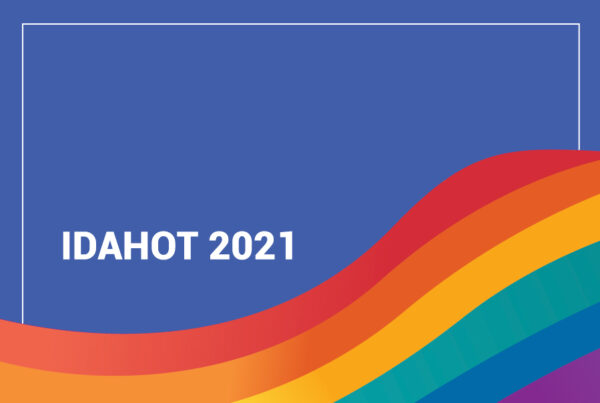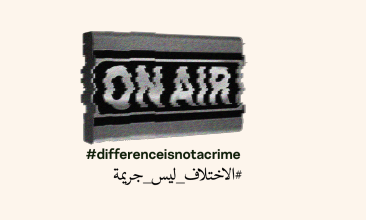Guest post by Abigail Garner
Communicating with video is a helpful tool for many situations, both personal and professional. But choosing to put yourself and your surroundings in full view of another party requires some planning and assessment.
Potential privacy concerns when using webcams affect members of LGBTIQ communities in very particular ways, even more so in homophobic environments. For LGBTIQ people living in countries that have anti-LGBTIQ laws, serious risks include being fired or getting arrested. Below are a few scenarios in which too much information revealed on video could cause harm:
- You are applying for work in a country where it is legal to reject applicants based on sexual orientation. During an interview via Skype, your would-be boss notices your rainbow flag in the background.
- You make a video call to your father on his birthday. You haven’t officially come out to him yet, but he sees that photograph on the shelf of you embracing your partner.
- You are active on YouTube (or in media interviews) as an LGBTIQ activist, but to protect your safety, you are careful to use only a pseudonym when on camera…except that you forgot your diploma is framed on the wall, with your full name and university legible to any viewer who is paying close attention.
- You have agreed to a video chat with someone you met on a dating site and lives in the same city, but you haven’t built enough trust to reveal your home address. As soon as the chat begins, however, the other person can see the view out your window, which makes it obvious that you live across the street from a well-known park.
To avoid scenarios like these, a bit of planning before using your webcam can ensure that you don’t accidentally compromise your own privacy and/or safety. Below are general categories of visual information to think about before you turn on your webcam:
- Clothing. Are you wearing something specific to your culture, religion, or the region where you are located? Is there text on your shirt, revealing the school you graduated from, an event you attended, or a cause you support?
- Jewelry. A ring might raise questions about your relationship status. Bracelets from past conferences link you to a specific time, location, and network, community, or cause. Perhaps you have worn a religious symbol around your neck for so long, you have forgotten it’s there at all.
- Books and Photographs. Video interviews often take place in front of bookshelves, but beware of which titles are in sight, especially if the titles you enjoy reveal a connection to a community or cause that faces stigma. Framed photographs — of you and your partner, or you and other family members — also inform viewers about your identity and relationships.
- LGBTIQ symbols and mementos. Posters, rainbow flags, brochures, stickers, and postcards are commonly displayed in private space as reminders of gatherings and celebrations. Unless you are intentionally identifying yourself on camera as LGBTIQ, make sure these mementos are outside the frame of your webcam so that they don’t accidentally “out” you before you are ready.
If all of those details are too time-consuming to review every time you have a video call, the fastest solution is simple and low-tech: move your camera to a space where there is no visual information. Choose a blank wall, away from any windows, and set up the webcam so that your back is against that wall.
Finally, when your safety or privacy is at risk, don’t be pressured into video exposure if you don’t feel prepared for any reason. Ask to reschedule, or choose the voice-only option, or simply keep the camera covered during the conversation.
Abigail Garner is an independent editor, and author of the non-fiction book, Families Like Mine. She is currently a fellow at the Centre for Internet and Human Rights





